Equalizing of pressure in your ears while diving
If you are planning to take a diving course and you have never dived before, you will be interested in how and why we need to equalize the pressure in the ears (middle ear). You may have gone underwater and felt discomfort in your ears. If you go on a scuba diving course to Hurghada, during take-off and landing of the plane, you feel changes in pressure as clogging and "popping" in your ears. Some of us feel changes in ear pressure when driving a car in mountainous terrain or in an elevator.
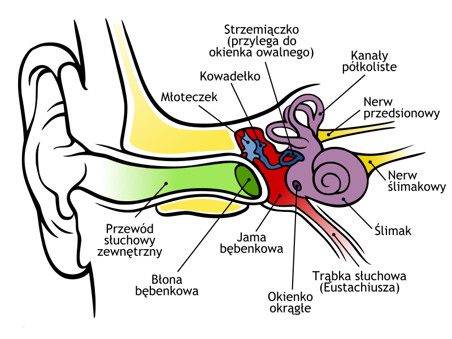
The structure of the ear
The ear consists of three parts:
- external ear - it consists of: the auricle and the external auditory canal ending with the outer surface of the eardrum
- middle ear - air cavity with eardrum and three auditory bones (stapes, anvil and hammer - by the way, it is worth knowing that these are the smallest bones in the human body), auditory tube (Eustachian tube), external surface of the oval window and mammary cavity (spaces air)
- inner ear - the most complicated part of the hearing system. They are composed of the cochlea, three semicircular canals and the auditory nerve
Ear structure and diving
The diver's outer ear is in contact with the water and does not affect pressure equalization (during diving, you cannot use plugs or plugs unless they are intended for diving - an example of plugs that can be used while diving are Doc's Proplugs).
The eardrum separates the diver's middle ear from the water. The middle ear is connected to the nasopharyngeal cavity by the Eustachian tube (about 4 cm long). The diver can equalize the pressure in the middle ear if the tube is patent. That's why you can't dive when you have a cold or runny nose. A diver's middle ear is most exposed to pressure changes during diving.
The inner ear is filled with fluid and is not compressed by pressure. However, the flexible partitions between the middle and inner ear: the round and oval windows (connecting the ear ossicles with the cochlea) are subject to pressure changes. During sound conduction, the oval window in the cochlea bends inwards and at the same time the round window bends outwards.
How often to equalize pressures while diving
As the diver descent, the pressure increases. If the diver does not equalize the pressure, the eardrum will deform inward - which the diver will initially feel as discomfort or pain if he continues submerging. If the diver ignores the pain and continues to go down, the eardrum may rupture.
The pressure in the ear while diving can be easily equalized. The diver should begin equalizing the pressure immediately after descending, when he feels full comfort in both ears. Then continue to equalize the pressure approximately every 1 meter as you descend to a depth of approximately 5 meters. Later, at greater depths, we equalize the pressure less frequently - changes in the pressure difference are smaller at greater depths.
If the diver feels discomfort or pain, he should return to a lower depth where he is comfortable in both ears and try to equalize the pressure again. If subsequent, correctly performed attempts fail, the diver should end the dive.
Methods of equalizing pressure during diving
- Valsalva maneuver blowing air into the middle ear through the Eustachian tube - the diver holds his nose and blows air into the blocked nose. This is the most popular method of equalizing pressure among divers, but it can also be potentially dangerous (damage to the inner ear - rupture of the round window) if forcing is performed forcibly or for too long. To prevent this, the pressure should be equalized in advance.
- Frenzl technique, the diver covers his nose with his fingers, tries to close his vocal cords (as when lifting a heavy object) and positions his tongue as when saying the letter K.
Swallowing and moving the jaw like when yawning also helps.
During the scuba diving course in Hurghada, we pay great attention to the correct technique and the frequency of pressure equalization by our students. The first dives in open water, during the OWD diving course, take place along a rope. The student has time to properly equalize the pressure, and holding the rope allows him to control the speed of descent and respond appropriately to changes in depth and increasing pressure.
Over time, as you gain experience in diving, equalizing the pressure will become automatic and natural.

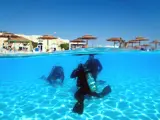

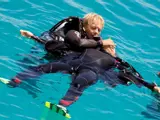
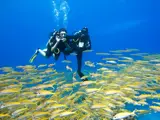
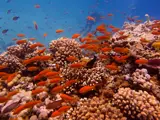
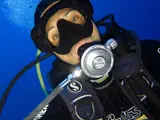
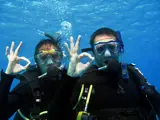
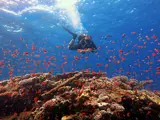
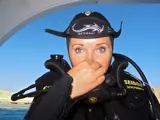
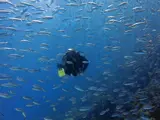
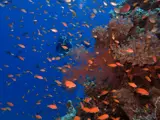


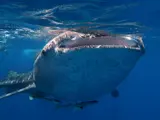

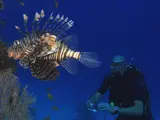
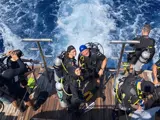
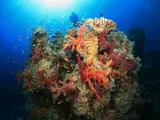


About the author
Pavla